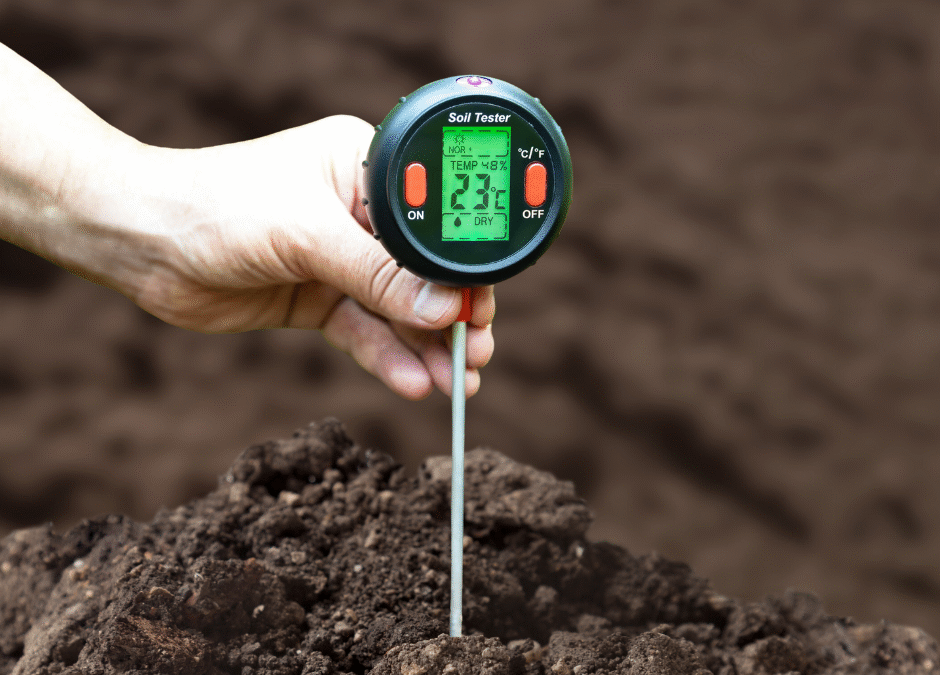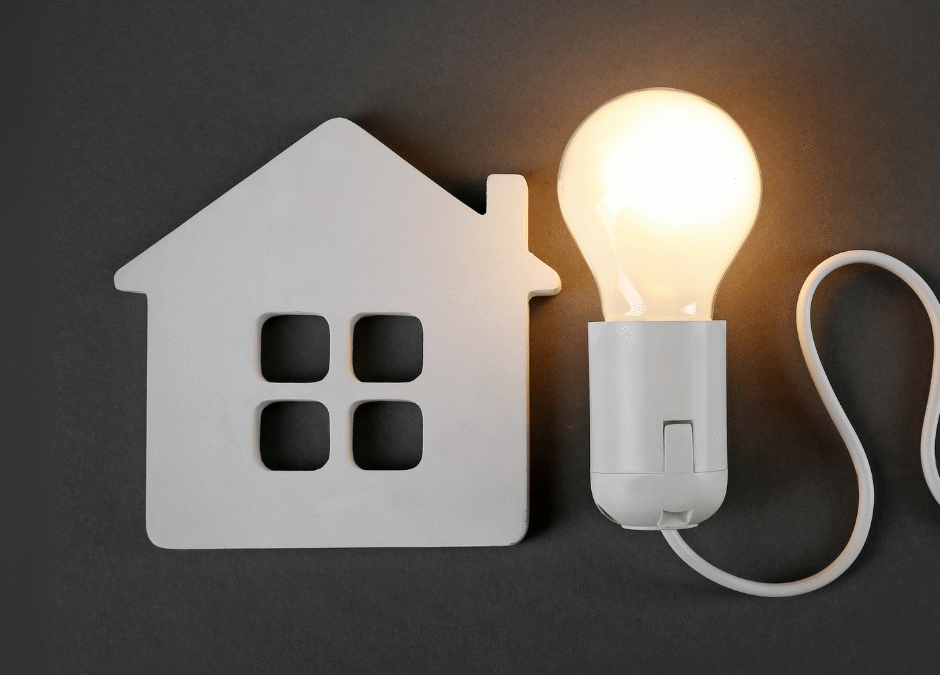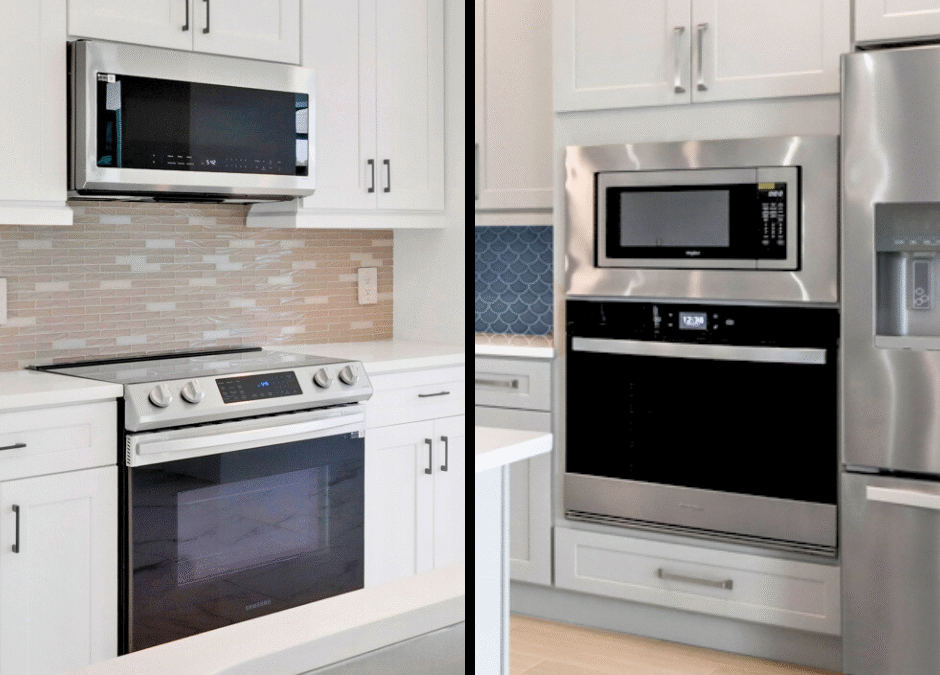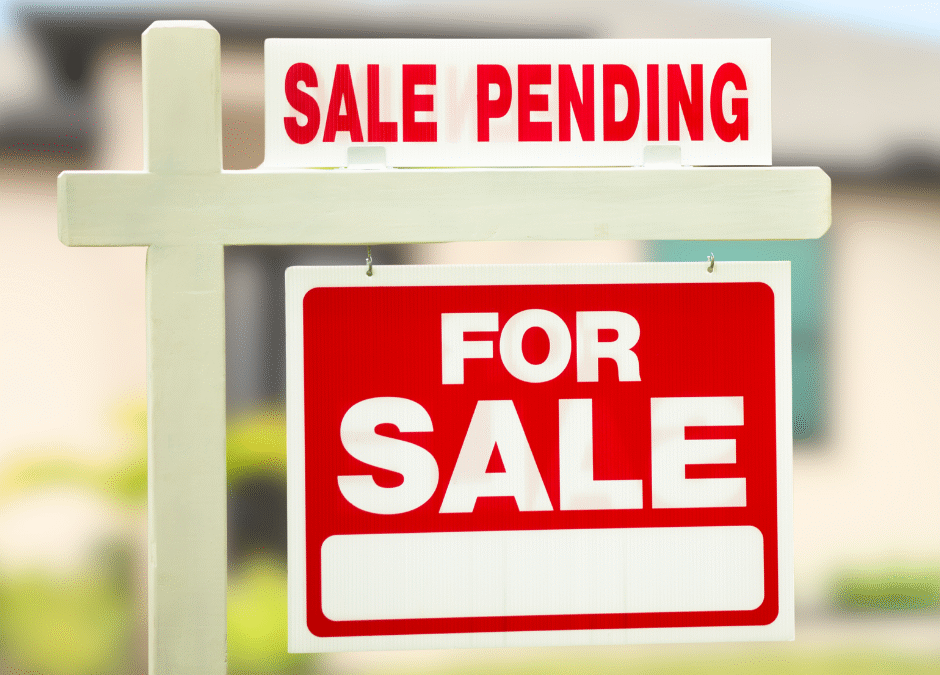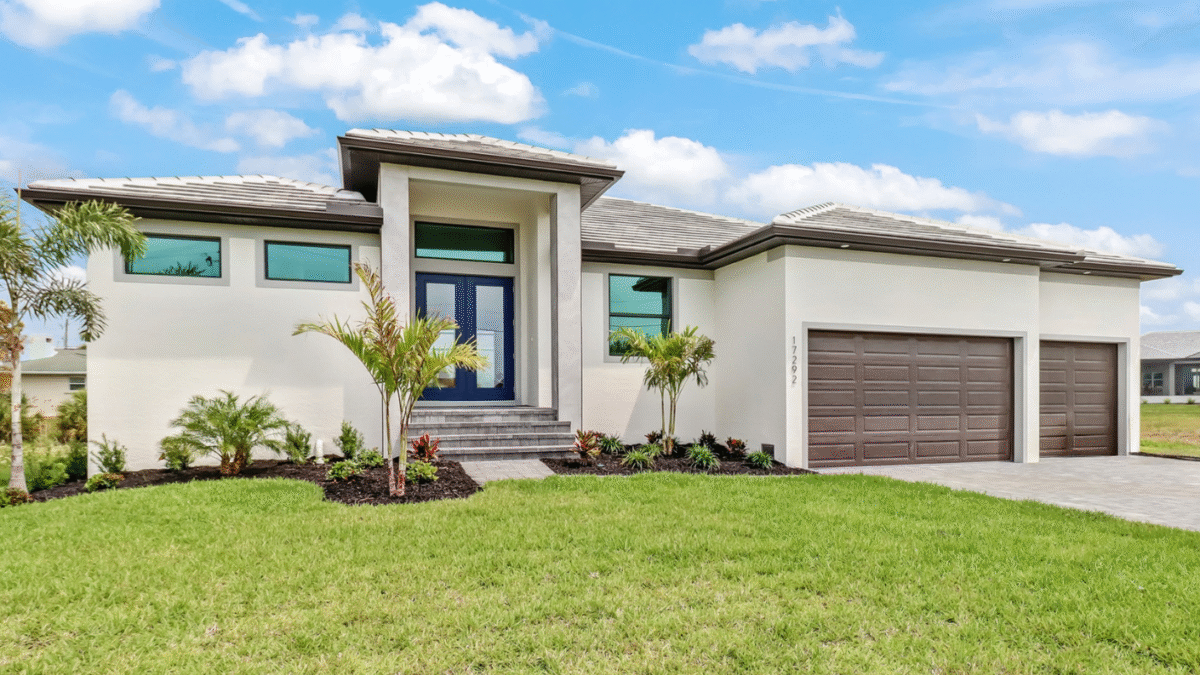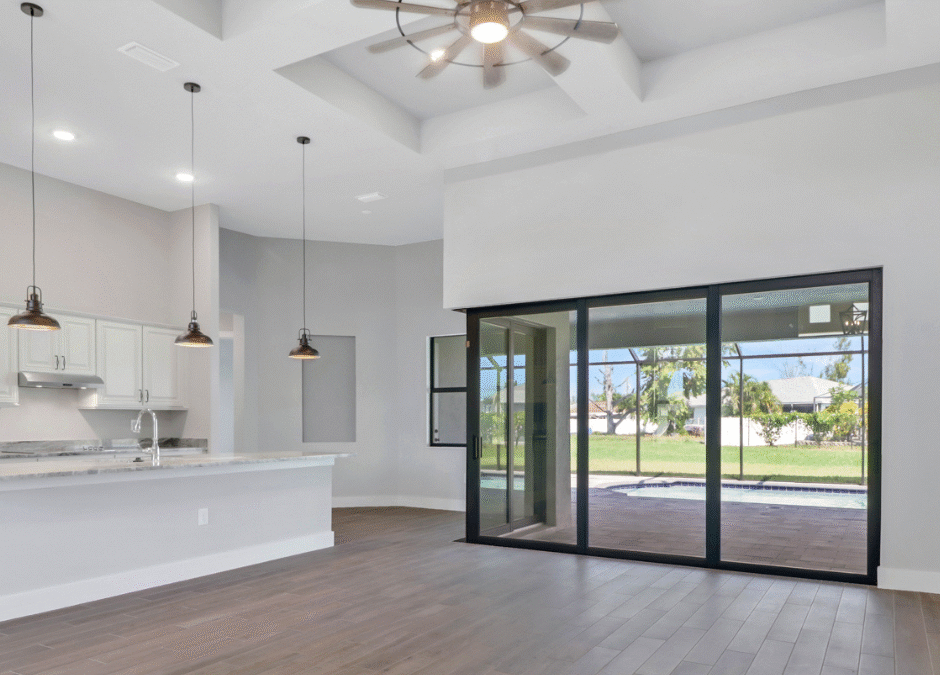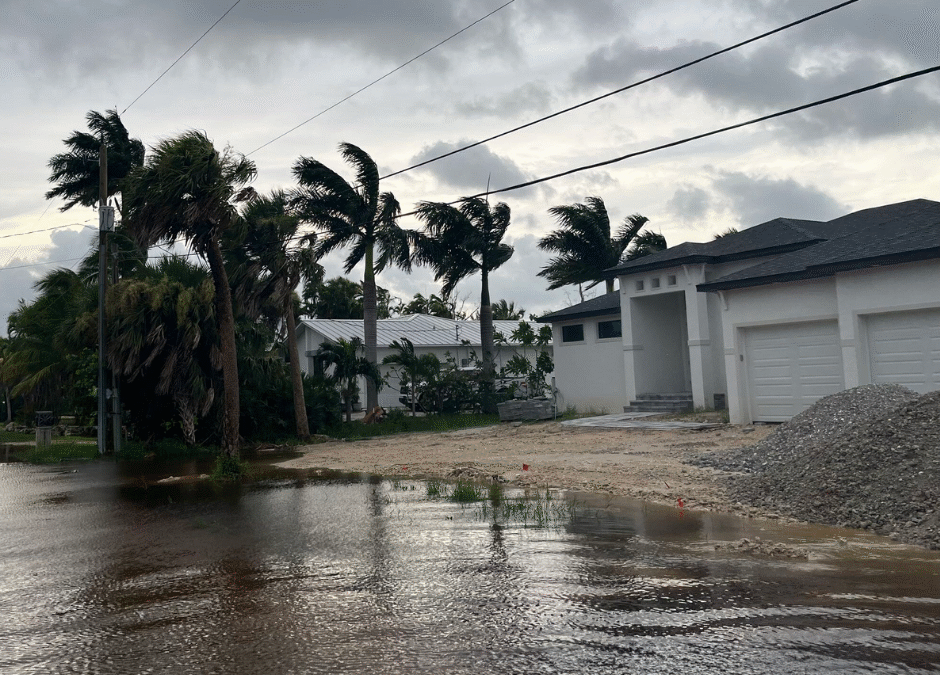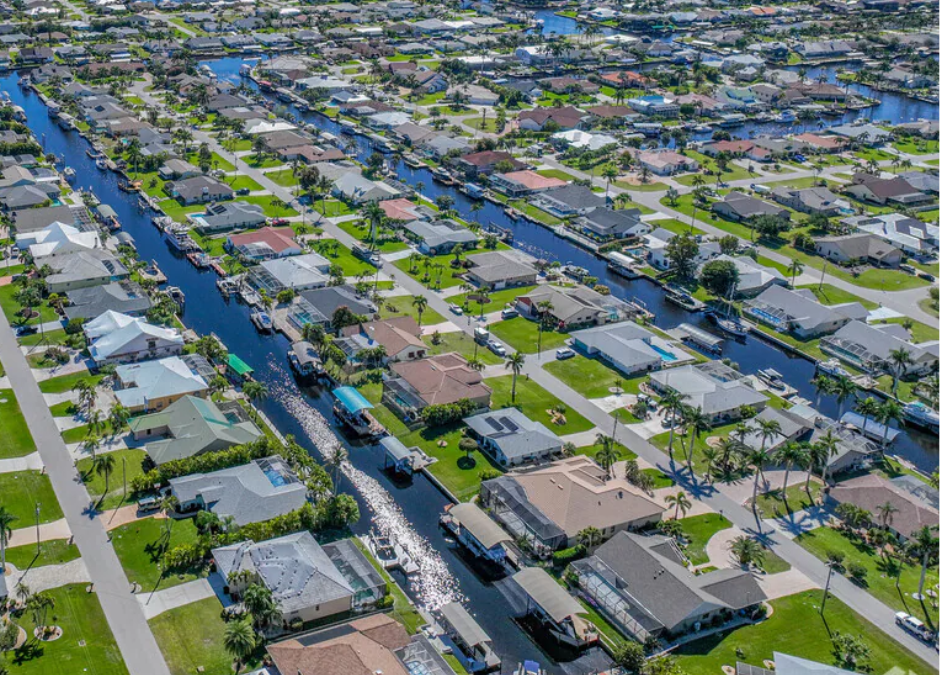When you think about building a new home in Southwest Florida, elevation is usually top of mind. After all, flood zones and storm risk play a huge role in how and where homes are built. But if your lot isn’t connected to city utilities and requires a septic system instead, there’s another piece of the puzzle many people overlook until late in the process: the percolation, or “perc,” test.
A perc test doesn’t directly set the required elevation for your home, but it does play a key role in septic-dependent areas. The space and drainage needs of your septic design can influence the elevation, cost, and construction approach for your home.

